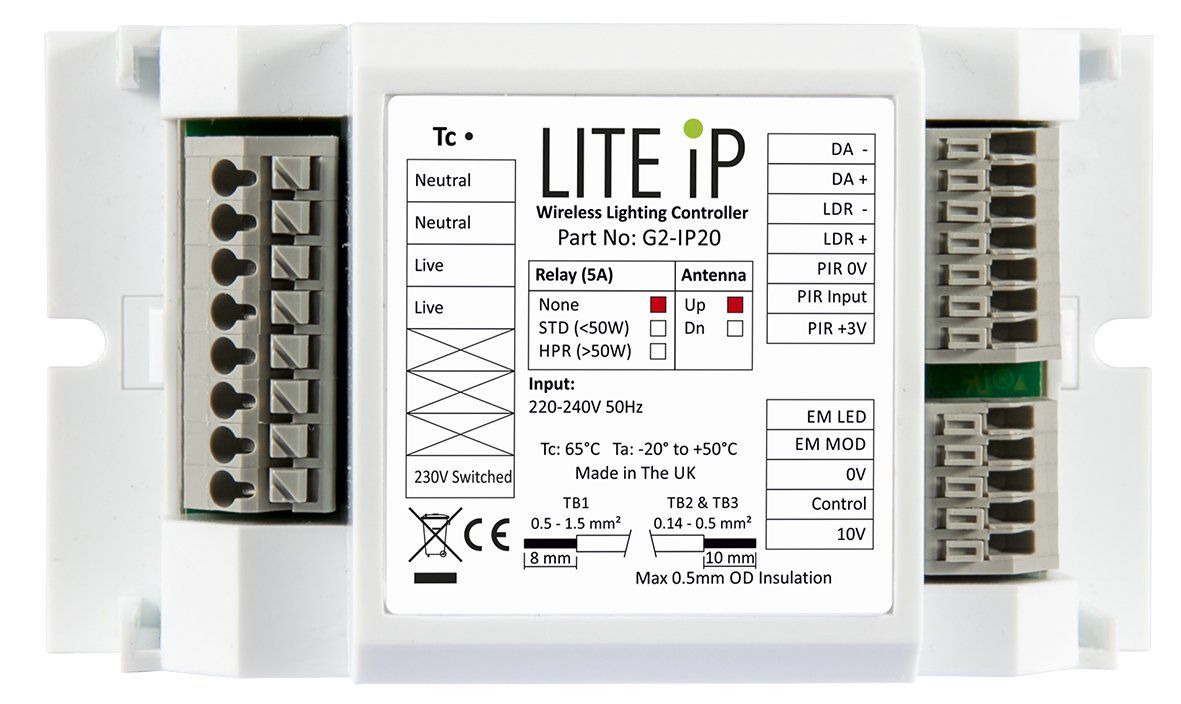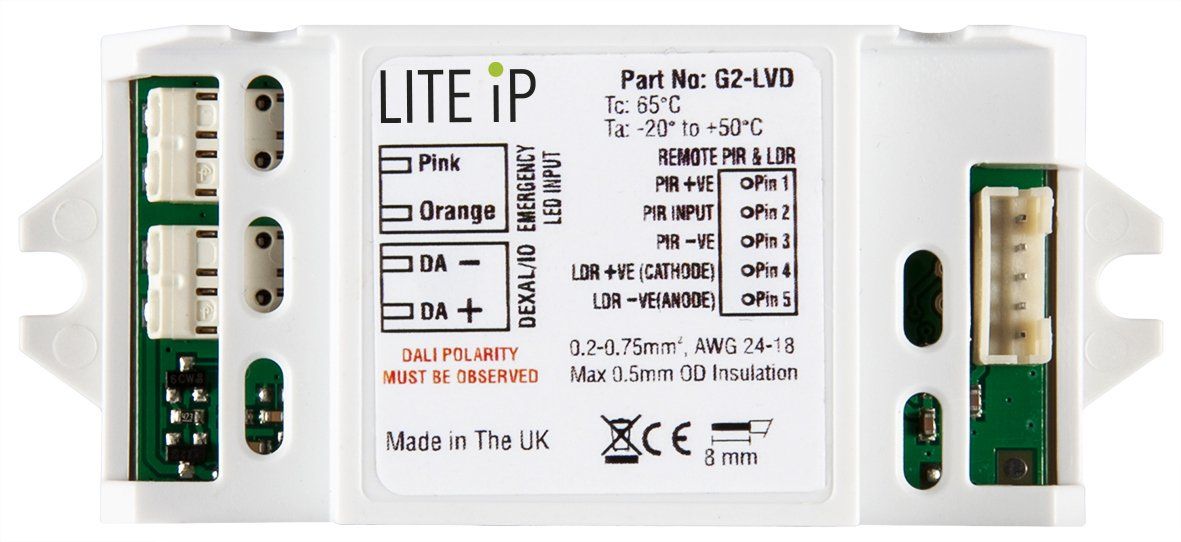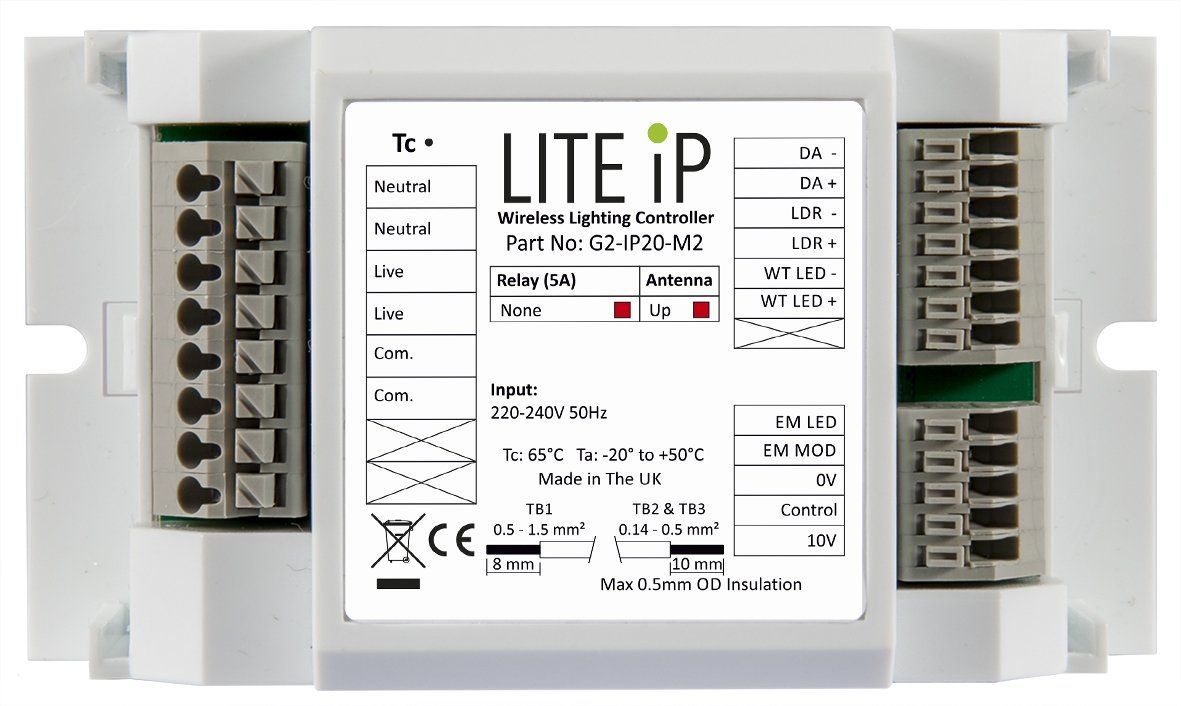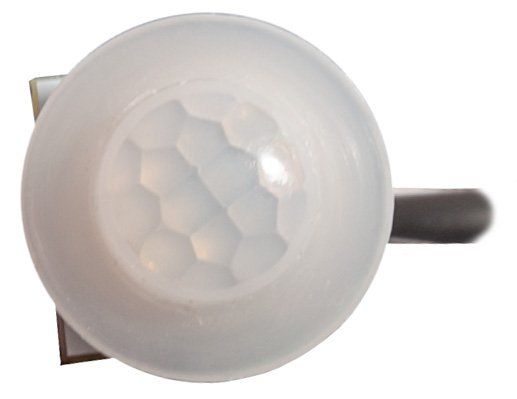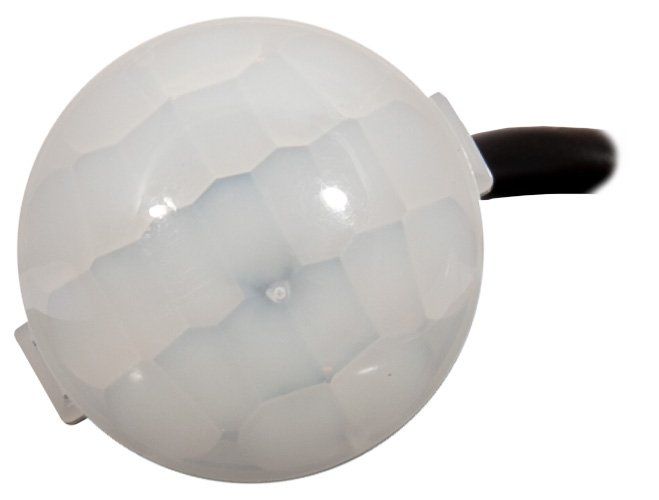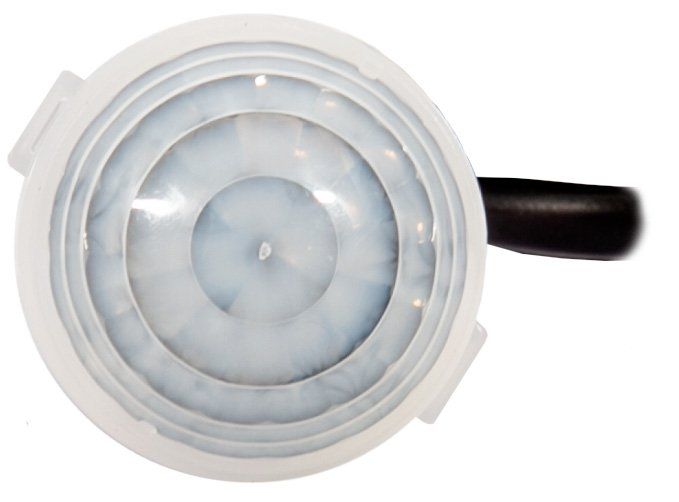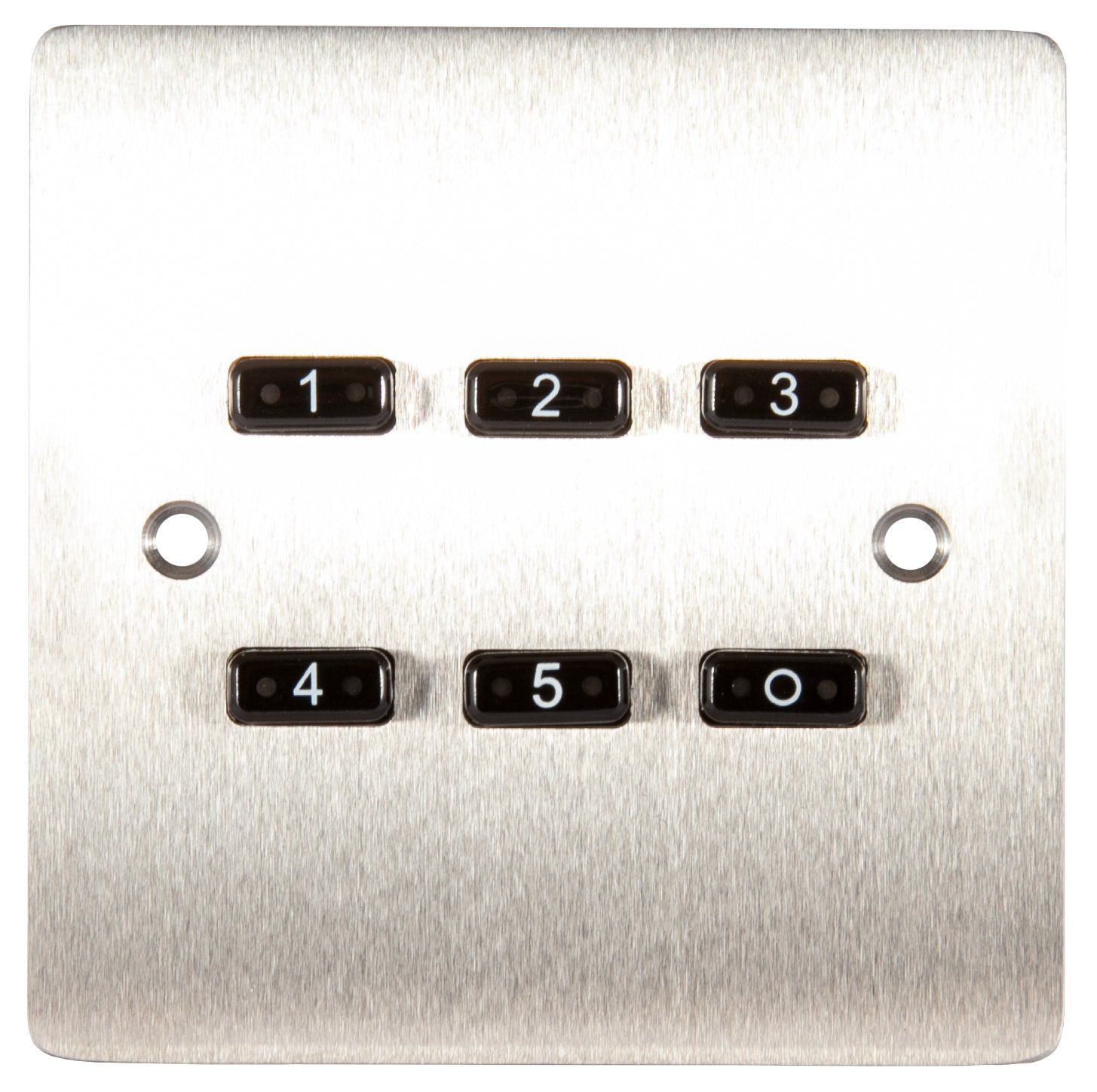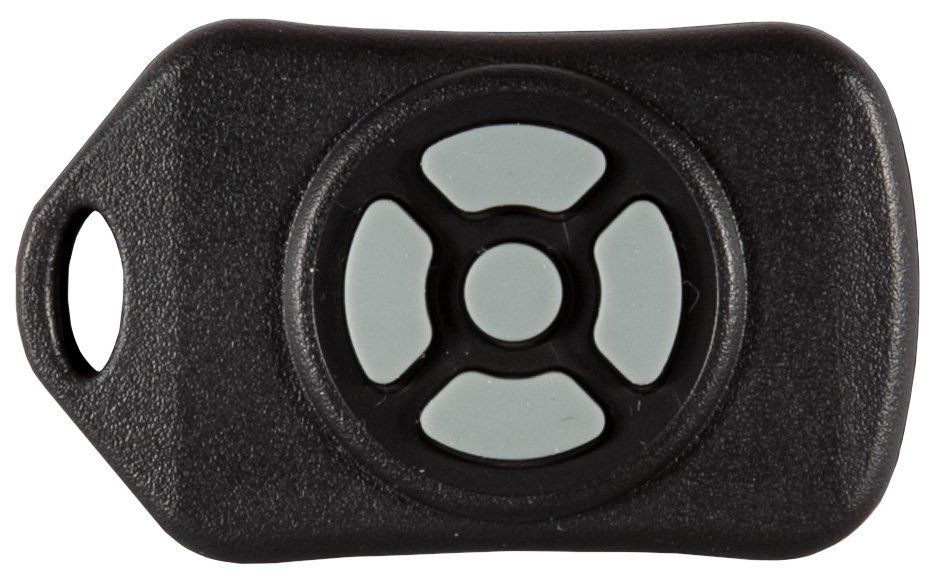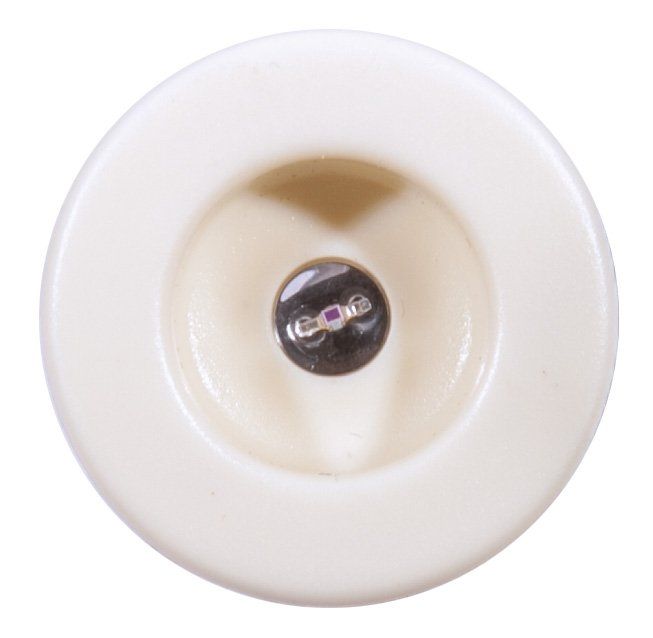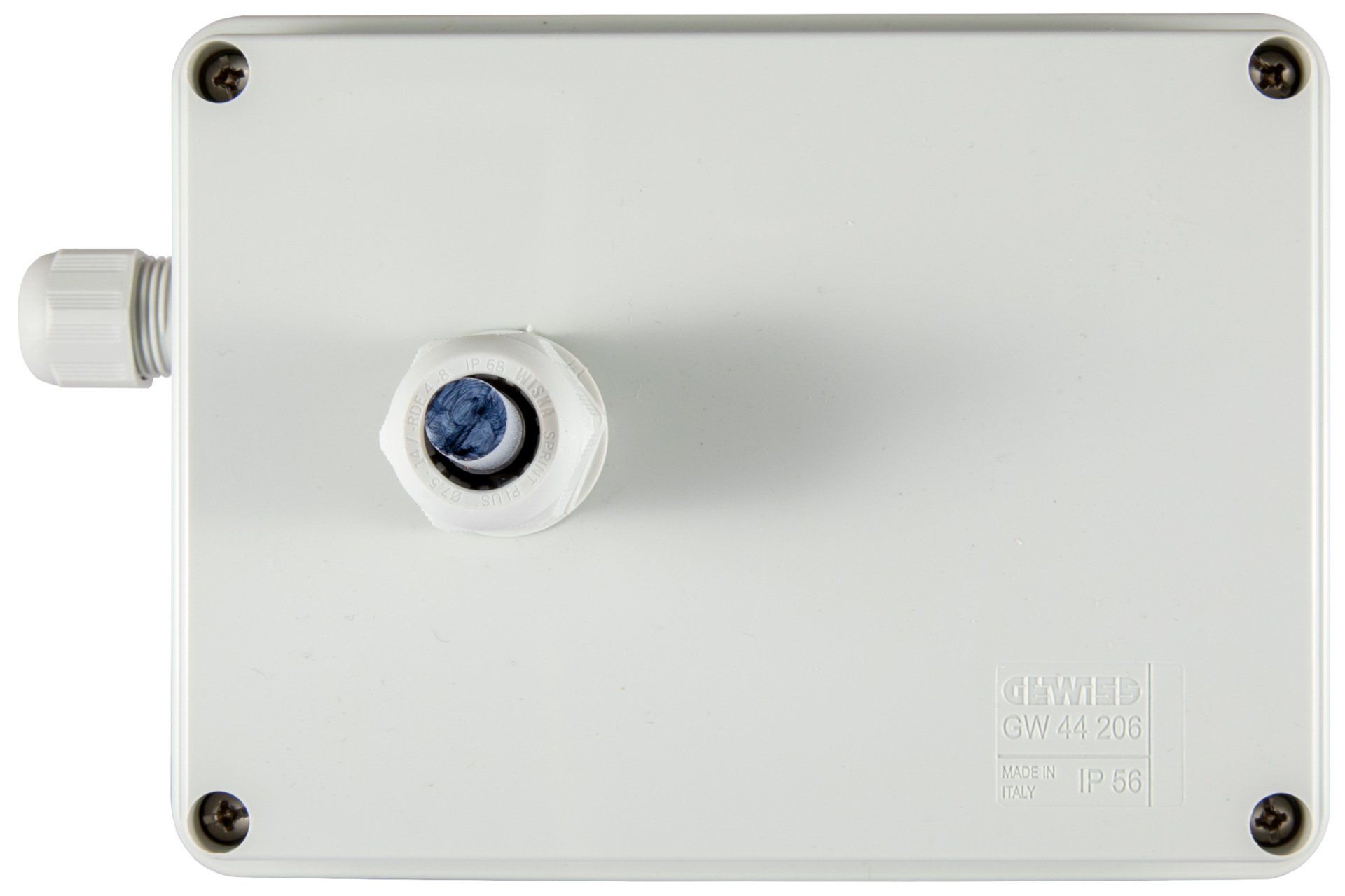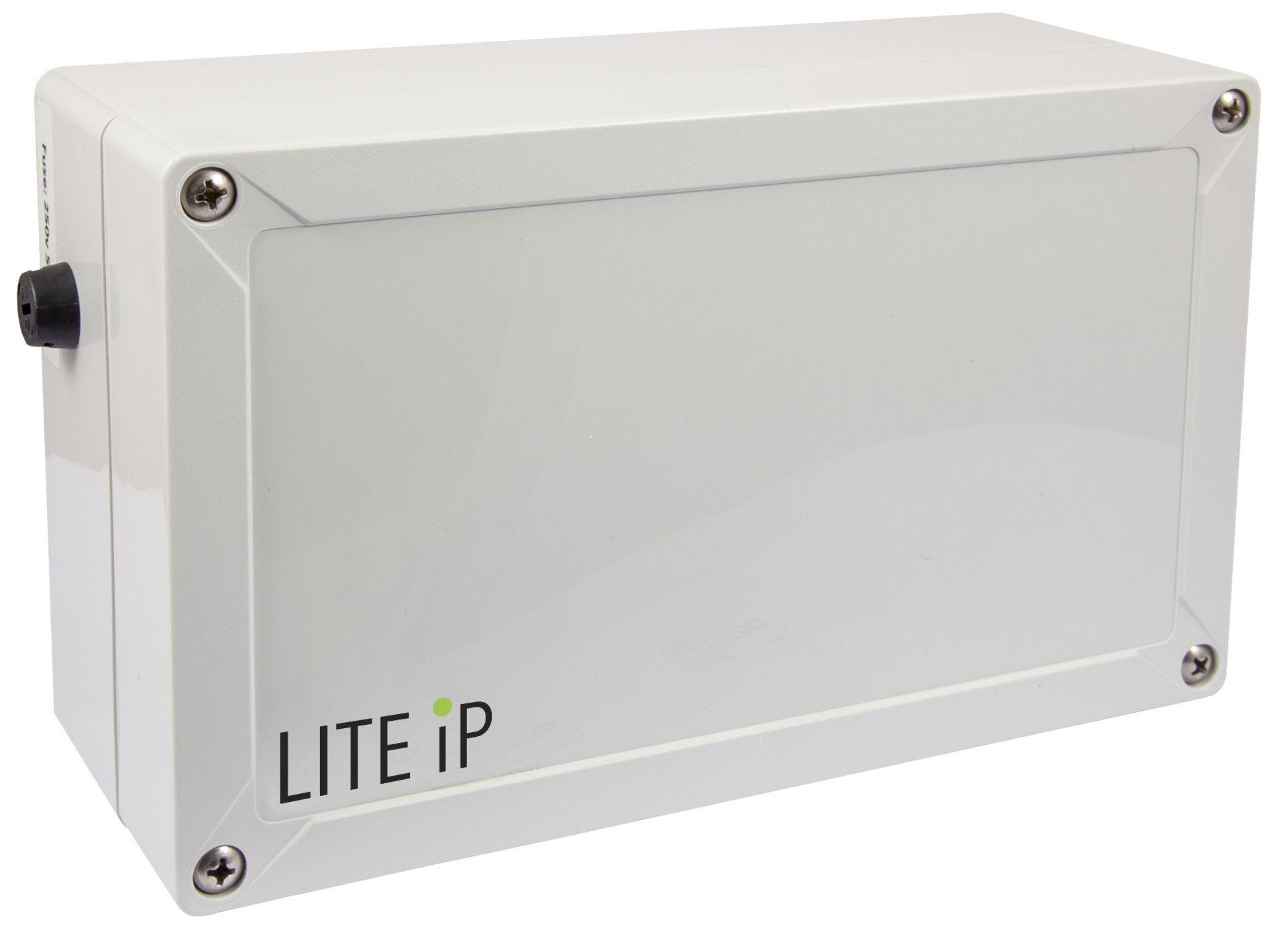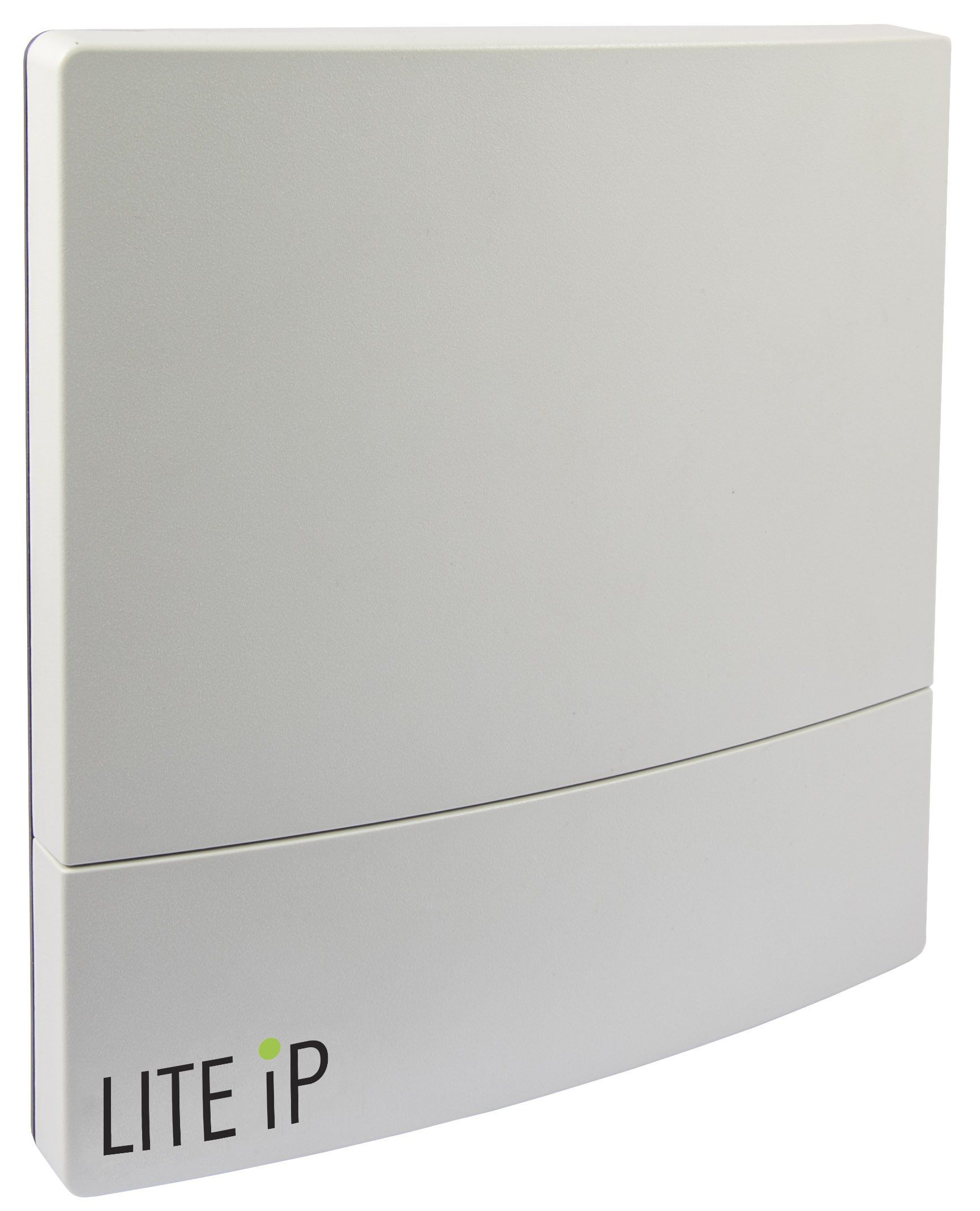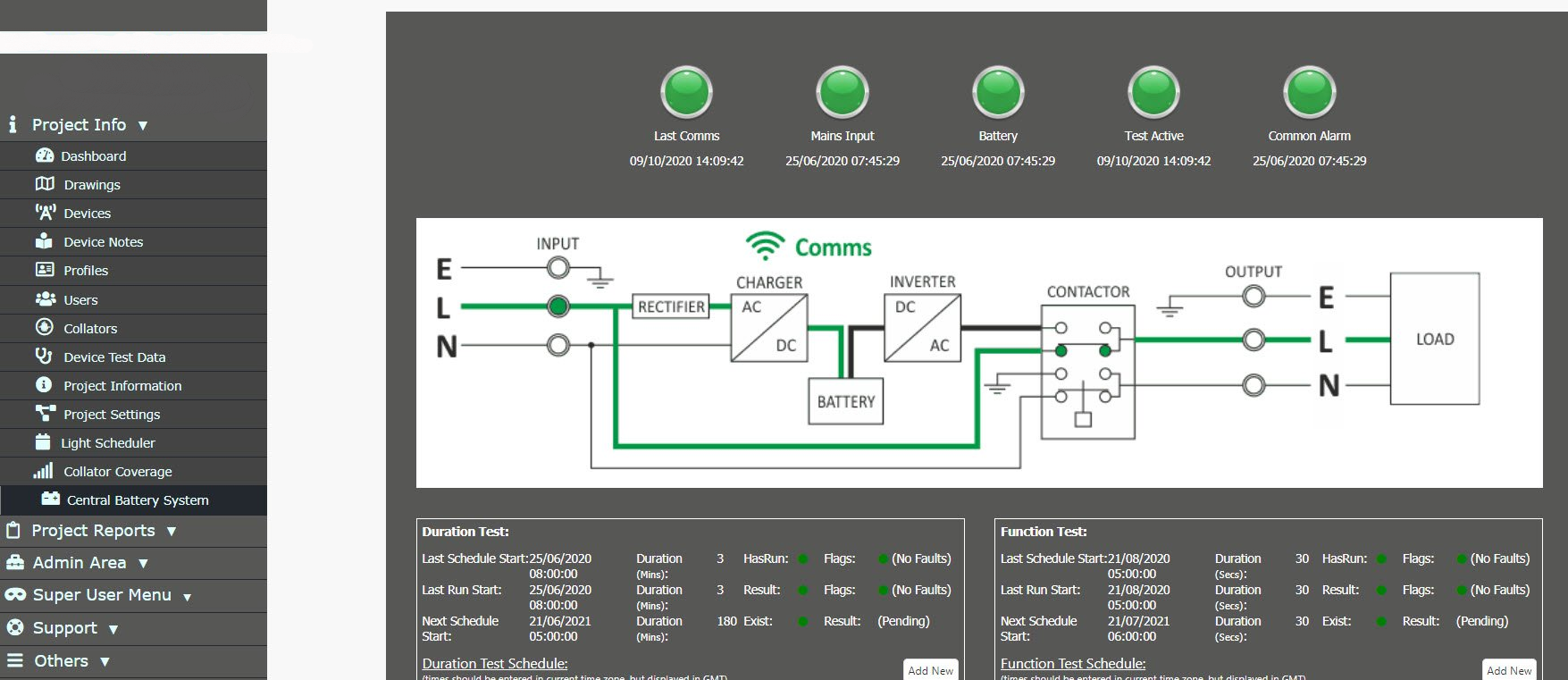Simply Connected Lighting
HARDWARE

Slide title
Write your caption hereButton
Slide title
Write your caption hereButton
Slide title
Write your caption hereButton
Slide title
Write your caption hereButton
Slide title
Write your caption hereButton
Slide title
Write your caption hereButton
Slide title
Write your caption hereButton
Slide title
Write your caption hereButton
Slide title
Write your caption hereButton

Slide title
Write your caption hereButton
Slide title
Write your caption hereButton
Slide title
Write your caption hereButton
Slide title
Write your caption hereButton
Slide title
Write your caption hereButton
Slide title
Write your caption hereButton
Slide title
Write your caption hereButton
Slide title
Write your caption hereButton
Slide title
Write your caption hereButton
Slide title
Write your caption hereButton
Slide title
Write your caption hereButton

Slide title
Write your caption hereButton
Slide title
Write your caption hereButton
Slide title
Write your caption hereButton
Slide title
Write your caption hereButton
Slide title
Write your caption hereButton
Slide title
Write your caption hereButton
Slide title
Write your caption hereButton
Slide title
Write your caption hereButton
Slide title
Write your caption hereButton
Slide title
Write your caption hereButton

Slide title
Write your caption hereButton
Slide title
Write your caption hereButton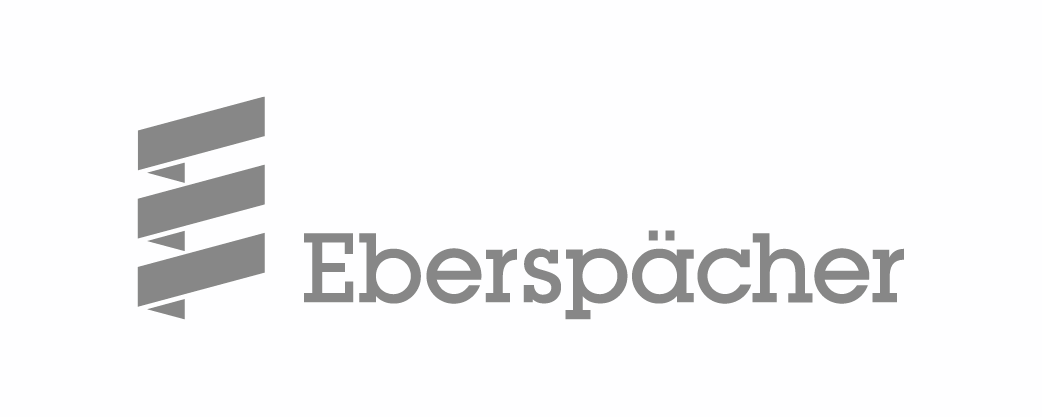
Slide title
Write your caption hereButton
Slide title
Write your caption hereButton
Slide title
Write your caption hereButton
Slide title
Write your caption hereButton
Slide title
Write your caption hereButton
Slide title
Write your caption hereButton
Slide title
Write your caption hereButton
Slide title
Write your caption hereButton
Luminaire Controllers
Generally used in standalone emergency spot, bulkhead and blade luminaires to monitor the emergency indicator LED where control of the luminaire is not required.
Generally used in standalone emergency spot, bulkhead and blade luminaires to monitor the emergency indicator LED where control of the luminaire is not required.
LiteIP luminaire controllers form the basis of the system.
These devices are incorporated into luminaires or can be used as a standalone device.
They give the ability to link, dim and control luminaires when integrated with dimmable drivers and sensors.
All our luminaire controllers monitor emergency where compatible self-test gear is used.
We offer a range of luminaire controllers to suit a variety of applications;
230v Mains
A flexible node allowing integration with PIRs, both LiteIP and 3rd party, LiteIP wireless daylight sensors, self-test emergency and non-lighting devices.
A slimline version is also available where internal luminaire space is an issue.
D4i
Our D4i nodes integrate with the latest DALI driver technology and allow for two way communication and detailed fault reporting.
Status reports on the mains driver and dates and times of Function and Duration Tests can be displayed on the Dashboard when used with Collators.
D4i nodes are available with integral PIR, daylight sensor and emergency indicator and as a batten mount option for more industrial applications.
They can be used with D4i drivers or a DALI driver with our PSU.
G3 Book 18
D4i controller with Book 18 connections. It is supplied with an integrated daylight sensor, dome and base plate for connection into the socket in your luminaire. The board is supplied with connections in the base plate for Low Voltage P2 or P4 PIR.
Integrated Microwave
Microwaves offer a solution where luminaire IP rating is important. They are traditionally difficult to control but our generation 3 products offer a compact, reliable wireless device.
230v Integrated – using the same footprint as our G3 mains node, the integrated microwave head sits within the LiteIP housing. We are able to adjust sensitivity directly from the tablet app.
230v Remote Head – this device has the microwave head in a separate enclosure allowing the lighting manufacturer to more precisely position the microwave within the luminaire to suit particular applications.
D4i Remote Head – a device which brings both the benefits of two way DALI communication and reporting and precise microwave positioning within the luminaire.
Emergency Only
Generally used in standalone emergency spot, bulkhead and blade luminaires to monitor the emergency indicator LED where control of the luminaire is not required.
We offer a range of luminaire controllers to suit a variety of applications;
Occupancy Sensors
We offer a range of occupancy sensors to integrate into luminaires or as standalone options.
In conjunction with the luminaire controllers, our sensors form the backbone of the system to allow linked presence detection between luminaires.
Low Level
Suitable for mounting heights up to 5m, this PIR can be integrated into luminaires or ceilings.
Mid Level
Suitable for mounting heights up to 10m, this PIR is designed to be integrated into luminaires or remote housings.
High Level
Suitable for mounting heights up to 15m, this PIR is designed to be integrated into luminaires or remote housings
Batten Mount PIRs
Offering an IP65 solution we integrate either a mid or high level sensor into a batten mount housing with either a low voltage or D4i luminaire controller.
Batten mount PIRs can be supplied with integral emergency indicator LED and daylight sensor for a complete solution.
Scene Controllers
Scene setting is an important aspect of lighting control.
Our scene controllers can integrate with presence and daylight detection.
Multiple scene controllers can be used in a single room, the luminaires simply respond to the last message received.
Scenes can be lighting levels or colour temperatures when used in conjunction with tunable LED luminaires.
We offer a range of scene setting products requiring either a basic LNE connection or battery operation;
230v Mains
The 230v Scene controller is connected to the mains supply. It broadcasts directly to luminaires in the area in which it is located.
The 230v Scene Controller is physically too large to install in a standard wall-box and so it is more common to install it in the ceiling.
Battery Powered
This Controller is powered by 2 x AAA batteries. The batteries will last for more than 5 years with up to 50 activations per day.
It is physically smaller than the 230v device and so is normally installed in the wall-box rather than in the ceiling.
Scenes Switch
Scene switches with 2, 4 or 6 buttons can be supplied for use with the 230v or Battery Powered controllers.
Key Fob
This is a convenient gadget to provide scene control to a lectern user.
It is not recommended as the only means of light control, as it may be lost. The coin cell battery will give 12 months+ operation with normal use.
Smart Phone
Our newest innovation allows scenes to be recalled using an individual’s smartphone.
Once authorised as a room user, an individual can have contact free control of their lighting.
Daylight Sensors
Daylight linking is very simple technology but needs careful consideration to implement well.
Contrary to common belief, sensors cannot measure the lux level on the surface they are pointed at, they can only measure the light level on the sensor itself.
Therefore, if it is positioned or aimed incorrectly, it will not function as anticipated.
LiteIP offer a range of daylight sensors which can either be accommodated in luminaires, adjacent to them in ceilings or as a standalone product.
When used with the 230v nodes, integrated sensors have the benefit of being able to use the same node as is used for the luminaire and offer a very low cost addition for daylight energy savings.
Collators
Our most basic system of linking luminaires together and applying profiles requires no access to the internet and no gateways to drive the system.
Users often want the ability to view their emergency statuses or more detailed energy reports on a PC, and off site.
The Collators, or Access Points, allow that functionality.
Once enabled with internet access the collator feeds back detailed emergency status, occupancy and energy data to the LiteIP dashboard.
Our collators require an LNE connection only and no hardwiring to the luminaires onsite or to each other.
Emergency
Emergency monitoring is a fundamental of our system.
When installed with compatible self-test integral emergency gear or 230v central battery we can report specific faults.
This removes the need for a separate manual key switch test and reduces engineer on site time as the individual luminaire and specific fault are identified.
Integral Basic
OEMs supply luminaires with compatible self-test emergency gear and one of our luminaire controllers or emergency only nodes.
We are then able to report battery, charge or LED faults either to the tablet on a site walkaround or via the collator to the dashboard.
Integral DALI
When used with G3 mains or D4i luminaire controllers and DALI emergency modules, we use two way communication to provide more detailed information over the 'Basic' system.
Duration and Function Test dates and times can be viewed on the Dashboard.
Scheduling of test times and dates is also available on the commissioning app.
CBS
The system uses an Emergency Lighting rated UPS with some minor modifications to ensure that the designated Emergency Lighting Luminaires always starts in emergency mode.
Startup in Emergency Mode does not rely on any wireless signals nor any single piece of equipment in the system.
In Emergency Mode the luminaires will ignore presence, daylight, scene controllers and Schedules and they will operate at the factory set Emergency Lighting level until power is restored.

“Great product. So simple to use and has reduced our electricity bills by 70% at least.”
MashIt
"The app gives us amazing flexibility at the touch of a screen. Highly recommended."
FabuFit
"Our customers have already noticed a difference and we are delighted to be helping the environment too."
YesSuits

LiteIP Limited is a company registered in England and Wales with company number 08317714.
